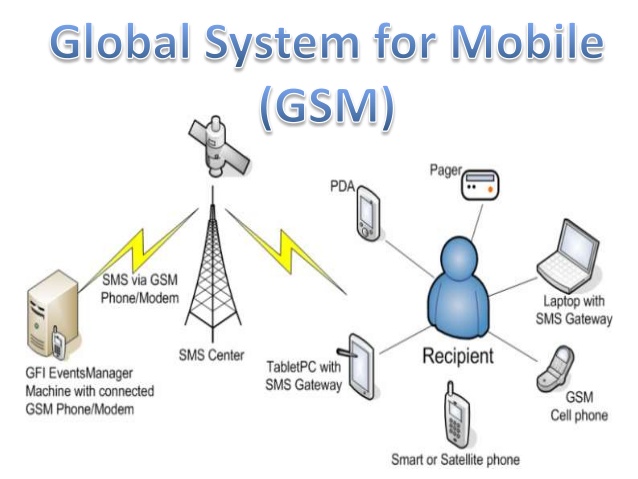Figure: 1 Interfacing UART to Microcontroller

The Working Procedure of a GSM Modem
Time Division Multiple Access
GSM Architecture
Interfacing With AVR Microcontroller:

AT COMMANDS:
Features of GSM modem:
Applications
